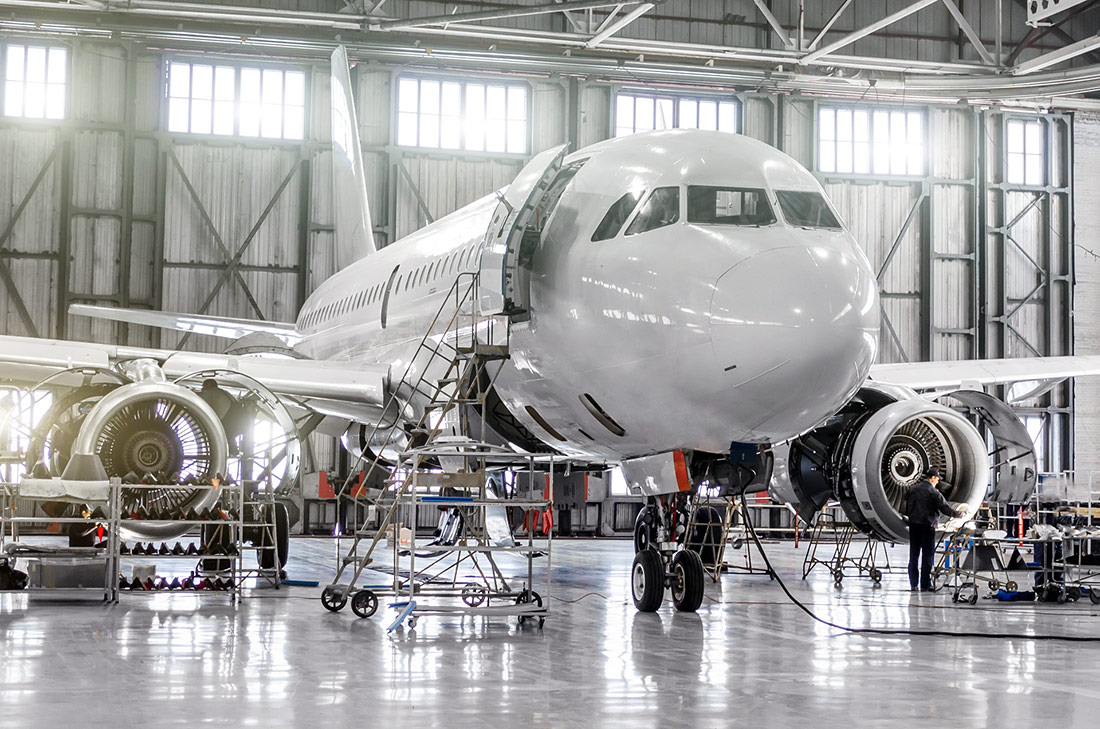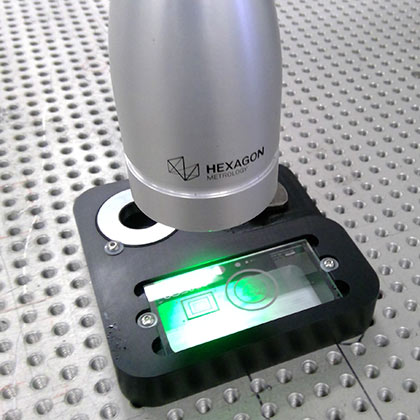The COVID-19 pandemic crisis challenged the aviation industry and manufacturing sector for its survival in 2020. It was easily on of the greatest challenges to face the industry since its inception. We also felt the hit here at Q-PLUS Labs as we watched long standing relationships with customers that supply regular work from the aviation industry come grinding to a halt.
Some experts are predicting a full recovery to the 2019 air traffic peak by Q4 2022. The International Air Transport Association (IATA) announced it doesn’t believe the airline industry will turn cash-positive until 2022. However, analysts of the International Air Transport Association (IATA) forecast that despite the COVID-19 vaccines and testing procedures rolling out worldwide, the recovery of demand for air travel would take several years and would not reach the pre-crisis levels before 2024.
Although the worst seem to be behind us. The air connectivity which is still greatly reduced by the COVID-19 pandemic is slowly recovering, giving more hopes to survive for the airlines worldwide. Recover will be slow and take several years to reach a new level of stability.
Positive Indicators of Industry Recovery
Air Travel Returns – Both airlines and passengers expect the COVID-19 vaccine to help the aviation industry to bounce back quickly. The overall economic picture is surprisingly positive, and COVID-19 vaccines appear more effective than anticipated. This implies a strong air travel recovery starting in the second half of this year.
Leisure Travel Returns – Experts predict the recovery will be uneven, with demand for domestic air travel soaring as the pandemic wanes in certain countries. International travel, by contrast, will be much slower to recover, given various restrictions on cross-border movement. Likewise, leisure travel will outpace business travel.
Boeing 737 MAX – Returning Boeing 737 MAX to service, and to production, ensures some kind of single-aisle recovery this year.
Airbus Recovering – Some of this recovery will be due to deliveries of aircraft already built but considering that only Airbus delivered single-aisle jets in 2020, the manufacturing sector will see a respectable recovery this year.
Demand for Narrowbody Aircraft – The popularity of narrowbody aircraft is also on the rise. For years, the narrowbody share of the total fleet has increased as the improving range capability and attractive seat mile efficiency of the class have made the aircraft the choice of low-cost carriers.
Defense Sector Remains Stable – While commercial aerospace faces challenges in 2021, the defense sector is expected to remain stable and weather the pandemic’s disruption, according to Deloitte’s 2021 Aerospace and Defense Outlook.
Business Jet Production – Business jet demand seems to be recovering quickly, in line with business aircraft utilization. While deliveries have dropped significantly, experts expect them to recover quickly starting in 2022.
Quality Inspection Returns – The return of testing jobs for dimensional inspection is direct indicator to us here at Q-PLUS Labs that manufacturing is returning. We are seeing casting and inspection work we have not seen since before the COVID-19 pandemic.
E-Commerce Shipping Boom – Air cargo demand, which will return to pre-pandemic levels in the first quarter of 2021. While many passenger airlines are shrinking their fleets, cargo carriers are adding capacity to keep up with the huge increase in e-commerce.
3D Printing Advancements – Many aerospace designers and engineers have grown up in a world where 3D printing always existed and consider it to be a standard mode of manufacture, not some emergent novelty. Engineers at the cutting-edge of problem-solving are turning to additive manufacturing (AM) tools to problem solve and enable step changes in product and platform performance.
Supply Chain Resilience – Industry is likely to shift toward transforming supply chains via onshoring, vertical integration, and increased cyber defenses. Suppliers are leverage digital tools, including automating internal processes and streamlining workflows, implementing smart management systems, and using data analytics to improve efficiency. New technologies can create a more resilient supply chain and provide a foundation for next-generation capabilities.
Future Sustainability – The pandemic is forcing the industry to accelerate its investment in technology. Be more data-driven, deploy more automation and artificial intelligence (AI), use the cloud, or create a collaborative culture – digital is the answer.
In Conclusion
The impact of the COVID-19 pandemic is far from over. There is some relief to be found in various parts of the world now that vaccinations have begun. The shape of the post-COVID-19 airline sector is becoming clearer and holds lessons for airlines today. Multiple longer-running trends have been accelerated, such as digitization and the phasing out of less efficient aircraft. Manufacturing Advancements and improved technology with change the industry. Travel will become greener and more efficient, and people are itching to travel again for holidays. Taking steps now will help airlines thrive in this transformed sector.





